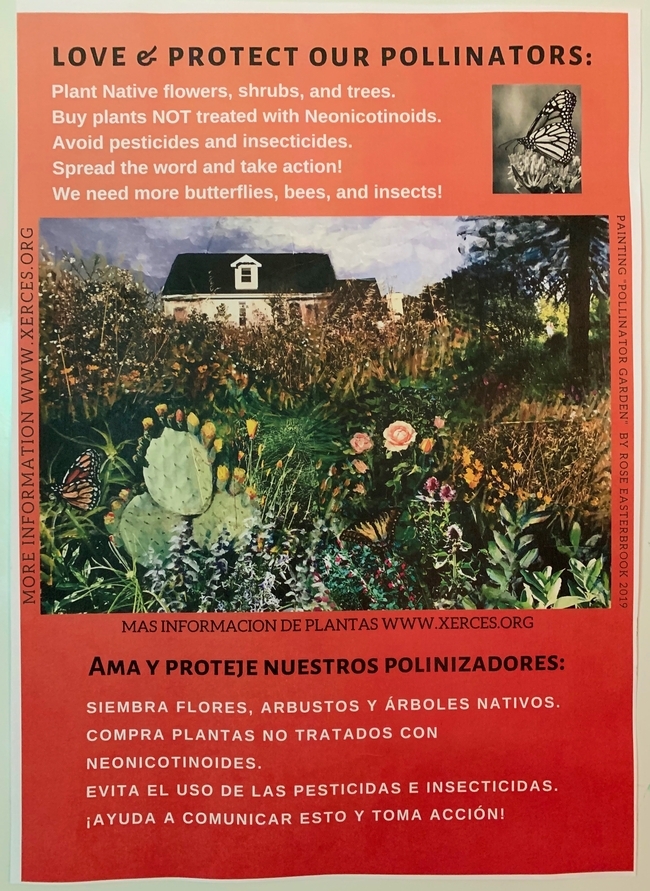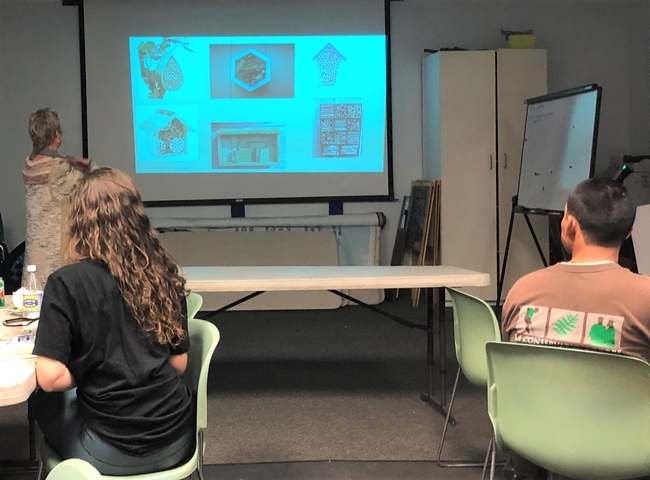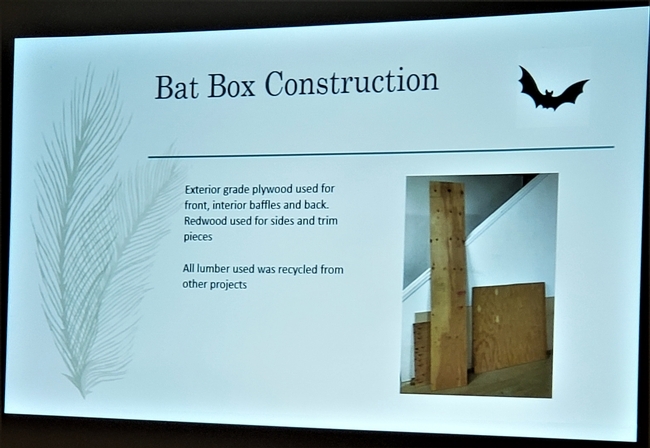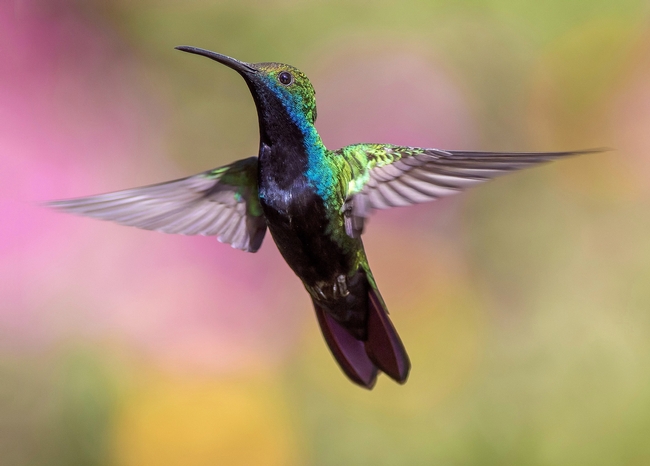'Attention is the beginning of devotion' --Mary Oliver
This quote resonates this month, amidst a variety of environmental holidays and celebrations including World Environment Day, World Ocean Day, California Invasive Species Action Week, and finally National Pollinator Week (this week) and Month. It seems in this increasingly digitally connected world, one day, week, or month doesn't pass us by in the calendar year without an official opportunity to observe, act, or celebrate nature.
As these official observances pop up, we can also contemplate all the unofficial ways people celebrate, protect, and educate about nature in their daily lives. There are both small and incremental and heroic acts taken every day to make this a more livable world for all creatures. There is momentum behind a movement that says “we're paying attention and the environment is worth our time and energy and devotion despite all the other worthy competing causes.”
In celebration of National Pollinator Week, we want to highlight just a few of the many California Naturalists whose efforts benefit pollinators. Every UC California Naturalist completes a capstone project of their choice to receive certification. These final projects require at least eight hours of volunteer service, and are often built upon by subsequent naturalists in following cohorts. They always benefit nature, and often benefit the recipient communities and organizations. Most California Naturalists would tell you they benefit the individual, too. Capstone projects are a culmination of service, learning, and “paying it forward.” Our community celebrates both the projects and the creativity, labor, and intentions of these naturalists.
Inspired by the intersection of science and art, California Naturalist Rose from the Hopland Research and Extension Center created this gorgeous outreach poster in both English and Spanish from her original pollinator garden painting for the Redwood Valley Outdoor Education Project. Her goal is to spread awareness of the important ecological roll our native pollinators play and to share Xerces Society resources. Animal pollinators include bees, butterflies, moths, wasps, flies, beetles, ants, bats and hummingbirds. According to Xerces Society, the ecological services that pollinators provide is necessary for the reproduction of over 85% of the world's flowering plants, including more than two-thirds of the world's crop species. Honeybees get a lot of media attention, yet many other pollinator species like native bumblebees are in precipitous decline. The UC Berkeley Urban Bee Lab is another excellent source of native bee information.
California Naturalist Cynthia from the USC Sea Grant SEA LAB course made houses to support native mason bee population in Palos Verdes, CA. The bee houses were made from repurposed scrap wood and cardboard, paper coat hanger tubes, used toilet paper and paper towel rolls, and giftwrap rolls. She reached out to a local Girl Scout troop to help make three types of houses. The Girl Scouts leveraged the new learning opportunity and service work to receive an "Outdoor Journeys" badge. Then she met with four kindergarten classes of 24 students each and together built houses to take home. The houses in the picture aren't examples of her model but were ones she found online.
Mason bees are solitary bees named for their behavior of using mud in constructing their nests. Mason bees may defy some assumptions about bees. They don't sting, they don't live in a hive, and they don't make honey. They do, however pollinate flowers and fruits and vegetables and need a safe place to lay their eggs. When available, some species use hollow stems or holes in wood made by wood-boring insects which is where mason bee houses come into the picture. UC Davis Department of Entomology compiled this list of resources on where to find and how to make nesting sites for native bees.
Sue from the Tuleyome course built bat boxes for her local home owners association to hang in Arnold, Calaveras County. At least 45 species of bats inhabit the United States and Canada and there are at least 27 known species of bats in California. Bats are very important pollinators and seed dispersers, particularly in tropical and desert climates. In addition, they serve a very effective agricultural pest control purpose. Although they provide vital environmental services, bat populations are in decline globally. To make your own bat boxes, UC ANR offers a guide to build songbird, owl and bat boxes.



